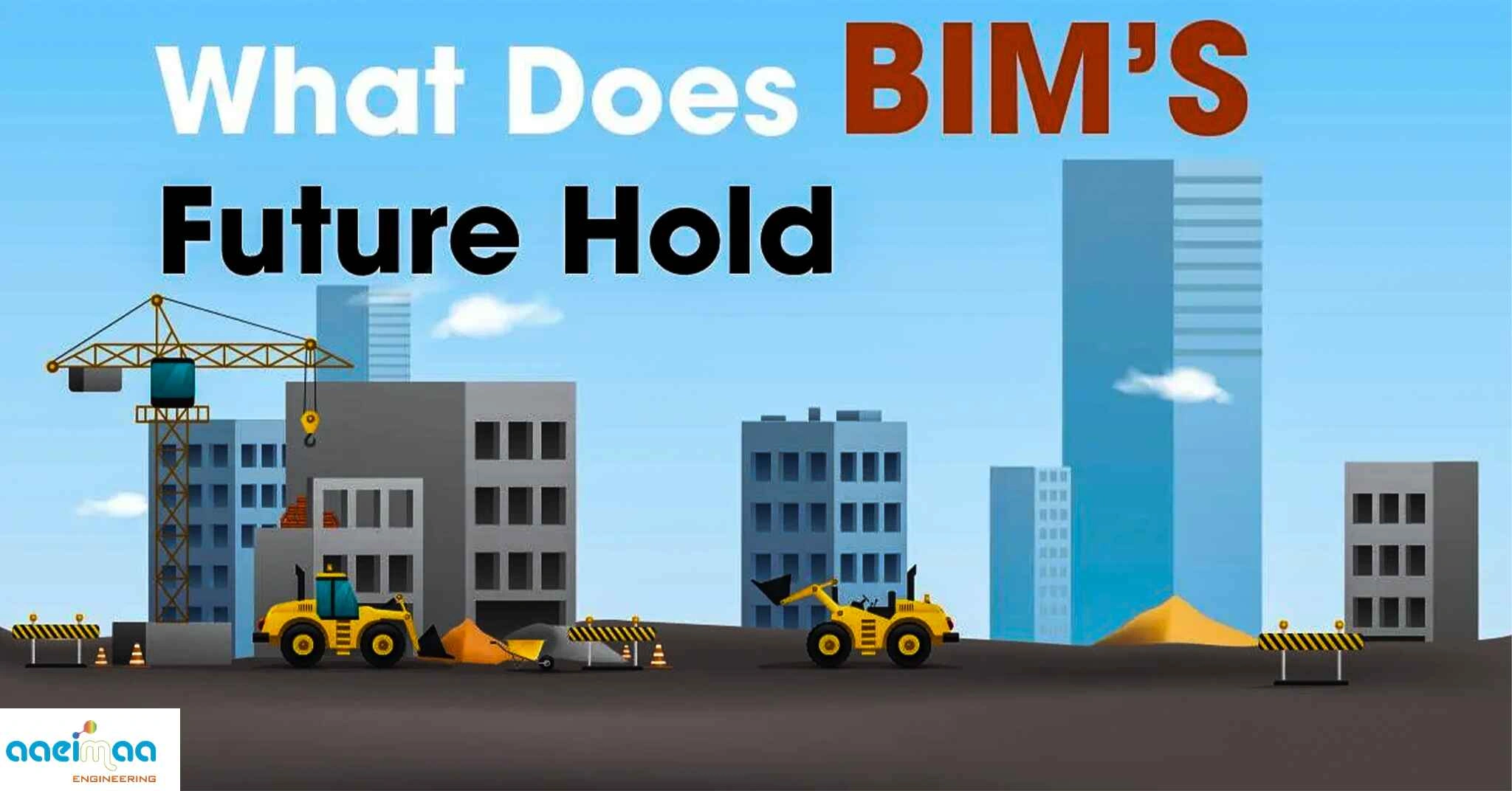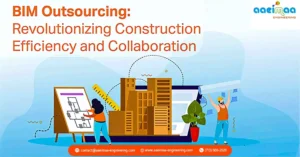BIM will be utilised by practically all architectural and construction firms in the future. BIM must be used by those who are not currently doing so in order to prepare the blueprint for the construction project.
Most developed nations, like the United States, the United Kingdom, Japan, Germany, and others, have already used BIM into their construction industries.
However, developing nations like China and India are also attempting to comprehend and learn BIM. BIM will grow to be one of the biggest platforms that can be utilised across all industries after being adopted by the global AEC sector.
A complex component of the AEC sector is the BIM model. It has the ability to advance the construction sector. Almost all of a building’s functions can benefit from BIM.
It could be as simple as placing orders for the necessary raw materials or as complex as building parts and components in an impossible circumstance. BIM can be used to reinvent collaboration among everything and everyone in order to make it possible.
BIM will be utilized following the design phase
BIM is more than just a design program, as we’ve already stated. This software can also be used at many points in the building-construction and maintenance processes. In fact, because BIM contains so much project data, it can be quite helpful throughout the whole building lifespan.
But at this point, BIM is still mostly used for design. In actuality, just few percentages of owners believe that BIM is helpful for routine building maintenance and operations. Even during the construction phase, the situation isn’t much better; below half of building companies employ BIM to expedite project completion.
However, as more individuals become aware of BIM’s capabilities, they will undoubtedly begin employing it in new ways. As a result, we can anticipate that BIM will eventually rule not just design and architecture but also construction, facility management, and other stages of the building lifecycle.
BIM will work with additional software
The process of transferring data from one software to another is one of the most time-consuming and difficult parts of design and construction. The entire process could take many months if two programs are incompatible since you risk losing crucial data. And consider the amount of work you could accomplish in that time!
Fortunately, new technology will prioritize compatibility and teamwork. The Internet of Things, 3D printing, AR/VR, and even AI should all be simple for BIM to interact with in the future. Then, everything will run smoothly and be virtually totally automated, from design to maintenance!
Consider the case of BIM and AI integration. Simply provide the program a simple set of rules, and it would carry out a variety of activities automatically. Don’t bother manually printing, exporting, or updating files and models. All of it will be taken care of by your BIM application, which will even determine when certain actions are required on their own. Therefore, focus your efforts on the project’s more crucial components rather than waste time on unimportant details.
Additionally, combining BIM with AR or VR will fundamentally transform the sector. Imagine being able to interact with your creation in a physical space rather than just viewing it on a screen. That would make it so much simpler to identify problems and come up with fresh, better answers for your designs!
It will become commonplace to construct sustainably
Given the current emphasis on environmental protection, construction trends are shifting in favor of sustainability. Buildings that consume the least amount of energy are now being designed by architects to blend in with nature.
But sustainability isn’t simply intended for the finished item. Even the building itself ought to be. BIM is the best tool available for boosting sustainability.
BIM has several benefits. Engineers, contractors, and suppliers can assess the project during the design phase and offer their recommendations. Before the project even starts, they can boost sustainability by doing this.
BIM can then assist in streamlining collaboration once building has begun. That will result in a rise in total efficiency, which is consistent with sustainable construction.
So, the more sustainable modern architecture and construction are, the more important BIM becomes. Any type of construction project will eventually be difficult to accomplish without BIM. And that’s precisely why it’s so critical that everyone in this industry master at least the fundamentals.
Conclusion:
Although BIM is currently well-liked in the design community, its full potential hasn’t yet been realized. Its moment is yet to arrive, and when it does, the building industry will undergo a complete transformation. Though there are a few possible directions it could go, it’s difficult to say exactly how at this time. But one thing is certain: BIM will continue to exist.




